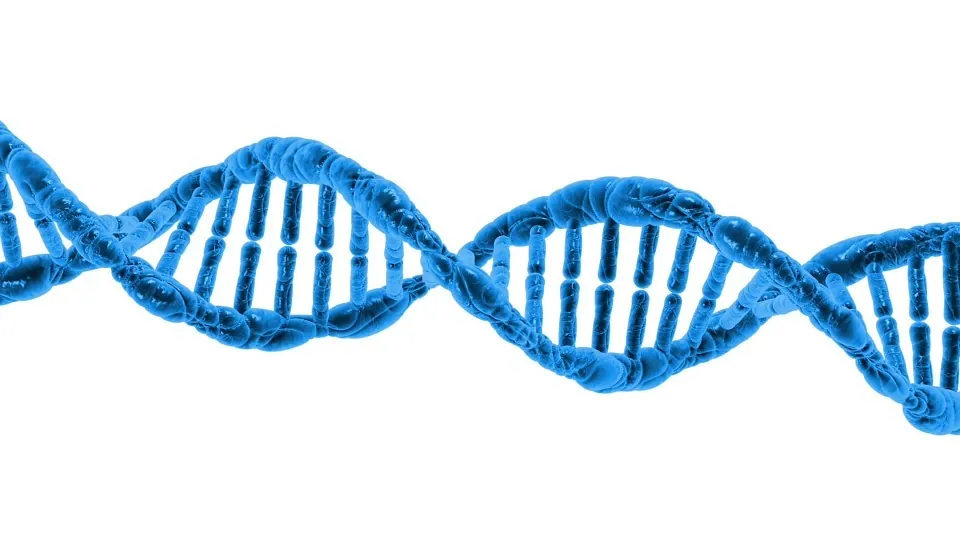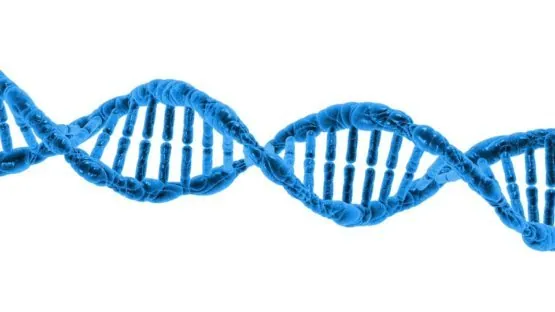All living organisms contain an instruction set that determines what they look like and what they do. These instructions are encoded in the organism’s DNA within every cell, this is an organism’s genetic code (or “genome”).
Mankind has been altering the genetic code of plants and animals for thousands of years, by selectively breeding individuals with desired features. Over time we have become experts at viewing and manipulating this code, and we can now take genetic information associated with the desired features from one organism, and add it into another one. This is the basis of genetic engineering, which has allowed us to speed up the process of developing new breeds of plants and animals.
More recent advances however have enabled scientists to create new sequences of DNA from scratch. By combining these advances in biology with modern engineering, chemistry and computer science, researchers can now design and construct new organisms with cells that perform new useful functions. This “customised” cell biology is the essence of synthetic biology.
Ok, but what can we use it for?
Synthetic biology aims to make the biology of an organism easier to engineer using a combination of chemistry, biology, computer science and engineering. This enables researchers to turn an idea into a product faster, cheaper, and with greater precision and safety than ever before.
It could be used to drive down the cost of production for a variety of things such as making cells that produce biofuels, secrete chemicals used for medical drugs, create better crops resistant to drought or pests. It perhaps it could even improve the cells in our own body to better resist damage and stay healthier for longer.
Perhaps even more importantly we could use genetic circuits created by means of synthetic biology to treat age-related diseases by removing the toxic senescent cells from human body. These cells accumulate in the body as we age and contribute to heart disease[1], cancer[2], osteoarthritis and other serious conditions[4]. So targeting and removing them could help us to maintain a healthier and more independent life as we get older.
So, how does it relate to health?
Companies like CellAge are working on synthetic biology with a specific focus on medical application: using scratch built genetic constructions to detect and remove senescent cells from the body.
The technology could be used to help improve stem cell therapies. Being able to sense and remove senescent cells before transplant to a patient would improve quality control for better patient outcomes.
It could also help reduce the chance of relapse from chemotherapy where the damage from chemo causes many otherwise healthy nearby cells to become senescent[5].
Being able to detect these cells has wider potential too, if researchers can spot these problem cells it can help them determine if new drugs are effective and speed up new drug discovery.
This technology could even be used to determine how fast someone is aging making it an excellent general diagnostic for monitoring health. This would be especially useful for knowing when best to apply senescent cell removal to effectively prevent age-related diseases from developing.
So really synthetic biology opens up a world of exciting possibilities, offering us new tools that could help to keep us healthier and enjoying life for longer.
Literature
[1] Childs, B. G., Baker, D. J., Wijshake, T., Conover, C. A., Campisi, J., & van Deursen, J. M. (2016). Senescent intimal foam cells are deleterious at all stages of atherosclerosis. Science, 354(6311), 472-477.
[2] Campisi, J. (2005). Senescent cells, tumor suppression, and organismal aging: good citizens, bad neighbors. Cell, 120(4), 513-522.
[3] Xu, M., Bradley, E. W., Weivoda, M. M., Hwang, S. M., Pirtskhalava, T., Decklever, T., … & Lowe, V. (2016). Transplanted senescent cells induce an osteoarthritis-like condition in mice. The Journals of Gerontology Series A: Biological Sciences and Medical Sciences, glw154.
[4] Freund, A., Orjalo, A. V., Desprez, P. Y., & Campisi, J. (2010). Inflammatory networks during cellular senescence: causes and consequences. Trends in molecular medicine, 16(5), 238-246.
[5] Demaria, M., O’Leary, M. N., Chang, J., Shao, L., Liu, S., Alimirah, F., … & Alston, S. (2016). Cellular Senescence Promotes Adverse Effects of Chemotherapy and Cancer Relapse. Cancer Discovery, CD-16.



